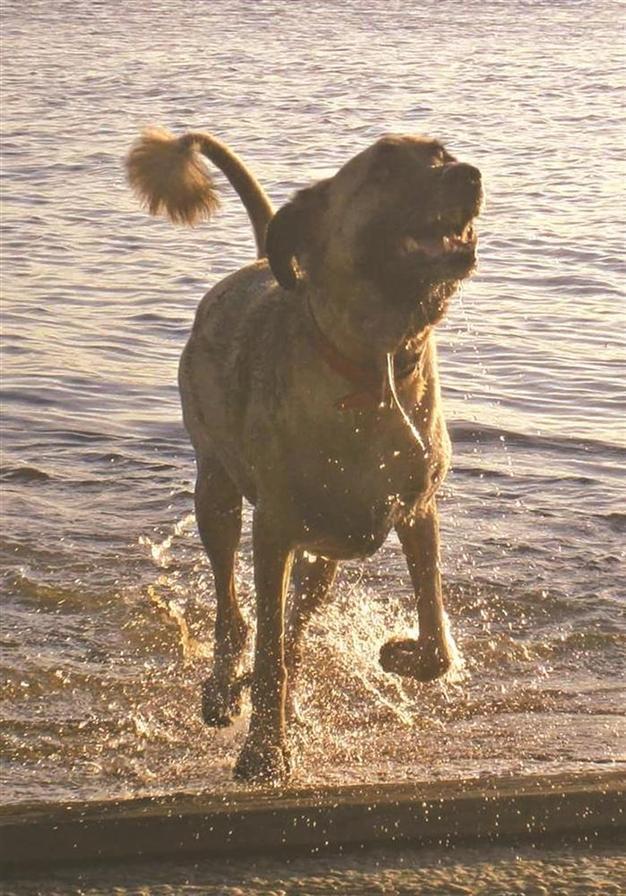Dogs get cues from tails of other dogs
ISTANBUL

The way a dog wags its tail affects the way other dogs react, scientists say.
Scientists have shed more light on how the movements of a dog’s tail are linked to its mood.Earlier research had revealed that happy dogs wag their tails more to the right (from the dog’s point of view), while nervous dogs have a left-dominated swish.
But now scientists say that fellow canines can spot and respond to these subtle tail differences, BBC reported Nov. 1 citing a study published in the journal Current Biology.
“It is very well-known in humans that the left and right side of the brain are differently involved in stimuli that invoke positive or negative emotions,” said Professor Georgio Vallortigara, a neuroscientist from the University of Trento. “Here we attempted to look at it in other species.”
He said that just as in humans, for dogs the right side of the brain was responsible for left-handed movement and vice versa, and the two hemispheres played different roles in emotions.
To find out more about how dogs react to the lop-sided tail wags of other dogs, the researchers monitored the animals as they watched films of other dogs.
When the animals saw an otherwise expressionless dog move its tail to the right (from the tail-wagging dog’s point of view), they stayed perfectly relaxed.
But when they spotted a tail veer predominantly to the left (again from the tail-swishing dog’s point of view), their heart rates picked up and they looked anxious.
Vallortigara said he did not think that the dogs were intentionally communicating with each other through these movements.
Instead, he believes that they dogs have learned from experience what moves they should and should not feel worried about.
















